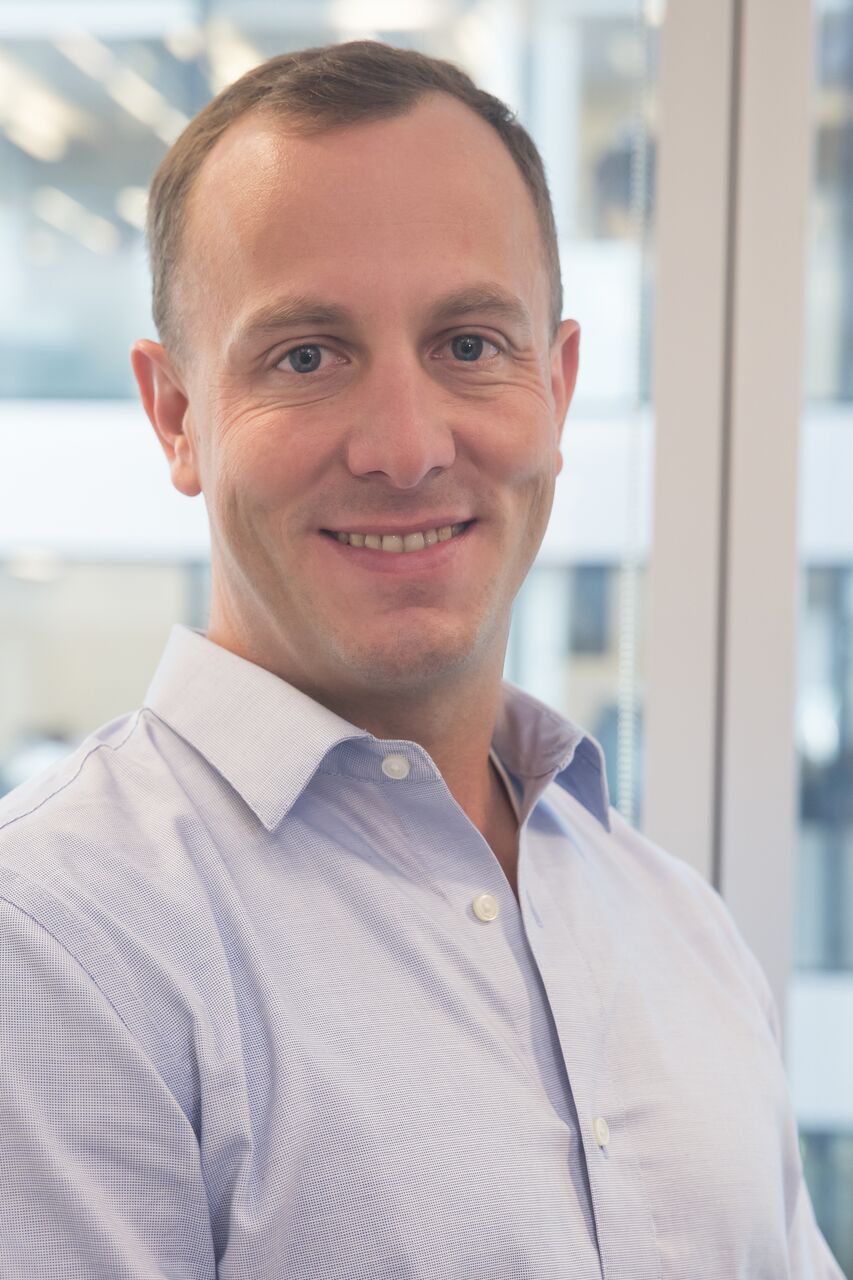LeapRate Exclusive… Toxic flow or malicious activity is an ongoing issue for brokers of all sizes and across all regions. It can be difficult to recognise and causes significant losses to unwary brokers.

Jeff Wilkins
LeapRate interviewed Jeff Wilkins, Managing Director at IS Risk Analytics, part of the ISAM Capital Markets Group, to find out what steps can be taken to protect brokers against such detrimental activity.
LR: How big an issue do you think toxic activity has become?
Jeff: It is extremely prevalent and can be caused by a variety of different trader activity such as cross broker arbitrage, malicious Expert Advisors (EAs), flooding trade servers with orders, and spoofing. Malicious traders have become incredibly sophisticated and most brokers do not even know there is a problem unless they retain our services. This is because at IS Risk Analytics we see waves of activity sweep through the market rather than gradual growth or decline of problematic flow. We oversee just over $1 Trillion of monthly notional volume, incorporating every type of trading strategy across brokers of all sizes.
LR: To what extend does a broker’s technology infrastructure minimise the impact of malicious activity?
Jeff: The frequency of toxic activity greatly depends on the broker’s technology stack and pricing. The old saying “you get what you pay for” is 100% accurate when it comes to the infrastructure of a broker. When we take on a new client, this is generally the first thing we evaluate. If a broker under invests in technology, they will certainly pay the price by not only lowering the odds of retaining quality clients, but also increasing the likelihood of attracting undesirable trading flow. Once a solid, optimised infrastructure is in place, the frequency of malicious trading activity is reduced but certainly not eliminated.
LR: What measures does IS Risk Analytics take to help clients to minimise their risk and ensure their liquidity is not compromised?
Jeff: We adopt three layers of defense to help brokers protect themselves against malicious activity. Our first layer of defense is systematic and automated; every trade is continuously monitored against our database, triggering alerts when such activity is detected. Because our automated alerts pick up on any unusual activity, specific actions such as these are constantly added to our global database, so as soon as someone else does something similar, we pick up on it right away. Once such trading as been identified, depending on the client’s technology set-up, the toxic flow can be dealt with either systematically or via manual intervention.
Our second layer involves a human review process from our 24-hour risk team who act as ‘a second pair of eyes.’ We perform additional checks multiple times throughout the trading day to ensure that nothing has been missed from the systematic monitoring and to see if anything needs to be explored further.
And our third layer of defense involves proactive client-specific reviews with our clients. For this, we analyse high-level metrics across their entire book and drilling down into specific areas where they are either over-performing or under-performing based on an anonymised comparisons to the rest of the industry. Often, we subsequently develop customised reports and solutions and start to fill some of the gaps on their side to help them to mitigate future risks.
Our focus throughout is on helping brokers to maximise profits and prevent losses caused by toxic flow, and this makes a significant difference to a broker’s bottom line.
